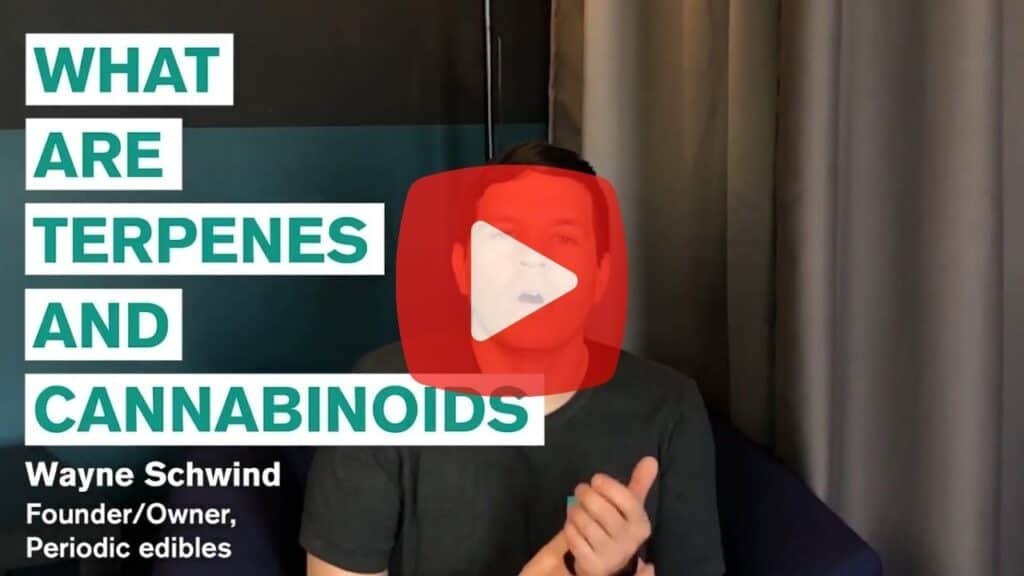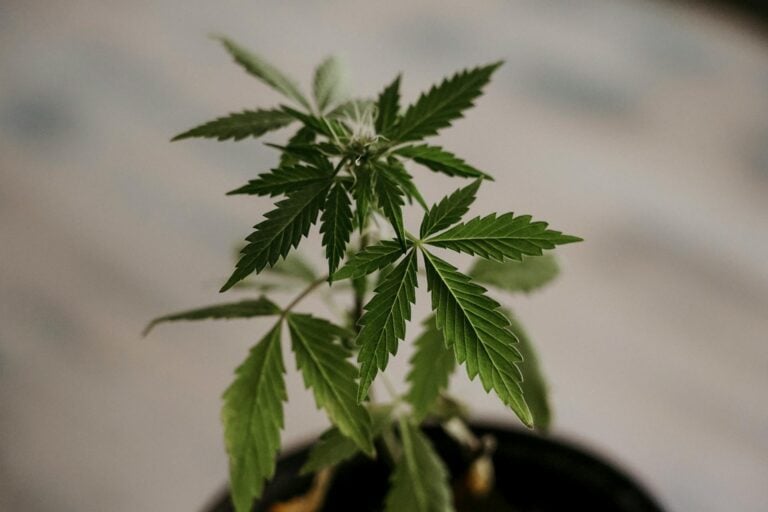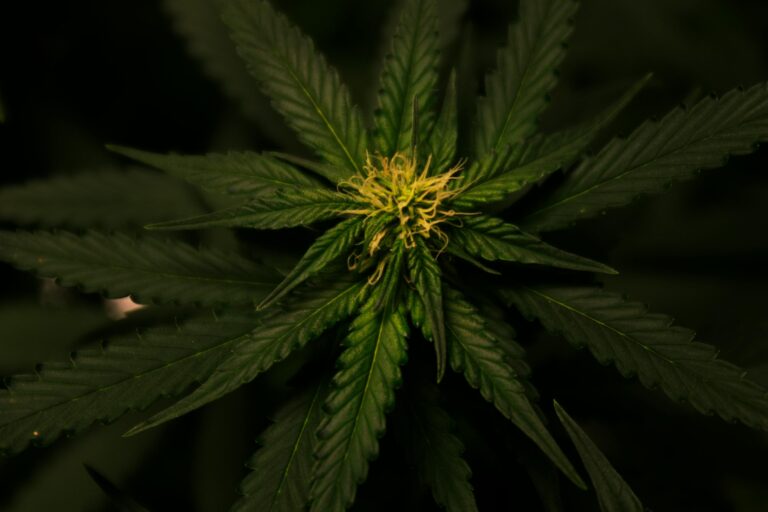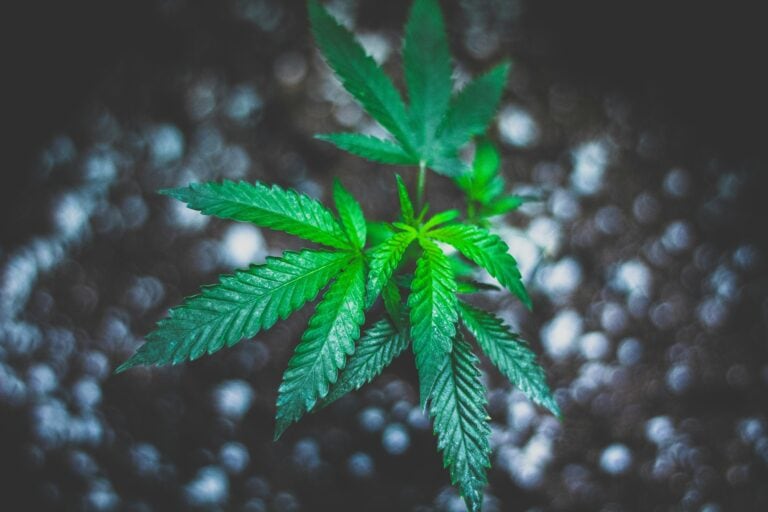What is the Entourage Effect? A Beginner’s Guide to How Cannabis Compounds Work Together.
Okay, I’ll admit it. When I first heard the term “entourage effect,” I just nodded along like I knew what everyone was talking about. Spoiler alert: I didn’t. It was everywhere – on cannabis product labels, in forum discussions, and on dispensary websites. It sounded important, but it also felt like some kind of insider jargon I wasn’t privy to.
But as someone trying to figure out how to get the best results from my medicine, I knew I couldn’t just ignore it. It seemed like a huge piece of the puzzle, especially when it comes to figuring out why some strains work wonders while others with similar THC levels just… don’t.
So, I decided to grab a metaphorical shovel and dig into the research myself. This guide is the result of that digging – all the complex science and jargon translated from “scientist” to “regular person.” Together, we’re going to break down what the entourage effect is (I promise, in simple terms), meet the key “players” inside the cannabis plant, and figure out how we can use this knowledge to make better choices for our health and our grow tents. No lab coat required.
First Things First: What is the Entourage Effect in Simple Terms?
Alright, let’s rip the Band-Aid off and get straight to it. After getting past the fancy name, my first two questions were, “So what is it, really?” and “Is this even a real thing?” It turns out the concept is actually pretty straightforward once you clear away the scientific jargon. Here’s the simple breakdown I wish I had from the start.
More Than Just THC: The “Teamwork” Theory of Cannabis

At its core, the entourage effect is a theory about teamwork. It suggests that all the different compounds found in the cannabis plant – cannabinoids, terpenes, and flavonoids – work together synergistically. This synergistic effect means the combined therapeutic effect is greater than what any single compound could achieve on its own.
Think of it like your favorite band. THC is often the famous lead singer who gets most of the attention. But without the guitarist (like CBD) adding complex melodies and the bassist (let’s call those the terpenes) laying down a groovy rhythm, you don’t get the full, rich sound of a hit song. You just get a singer yelling in a quiet room. The music is always better when the whole band plays together. That’s the entourage effect in cannabis.
Is the Entourage Effect Real or Just a Theory?
So, is it legit? The short answer I found is that it’s a widely accepted theory with a ton of anecdotal support and a growing body of scientific evidence.
Right now, the entourage effect is a theory, but it’s not just a wild guess. The concept was first introduced by researchers back in the late 90s. They observed that the body seemed to respond more effectively to extracts made from the whole cannabis plant compared to just isolated THC. While scientists are still working on decoding the postulated entourage effect and mapping out every single interaction, most experienced patients, cultivators, and budtenders will tell you the same thing: the sum of the parts is not the same as the whole. The “team” matters.
Meet the Players: The Key Compounds Present in Cannabis

So if the entourage effect is all about teamwork, the next logical question is- who’s actually on the team? This is the part where I almost got lost in the weeds (pun absolutely intended). When you start researching the compounds found in the Cannabis Sativa plant, you’ll see a lot of complex terms. But for our purposes, we just need to know the main players.
The Stars of the Show: Cannabinoids like THC and CBD
Cannabinoids are the primary active compounds in the cannabis plant that do most of the heavy lifting by interacting with our bodies. While there are over a hundred of them, we really need to focus on the two most famous ones.
- THC (Tetrahydrocannabinol): This is the lead singer we talked about. THC is the psychoactive compound in cannabis, responsible for the “high” or euphoric feeling. It gets the most fame and attention.
- CBD (Cannabidiol): This is the chill lead guitarist. CBD is non-psychoactive (it won’t get you high) but is believed to have a wide range of potential therapeutic benefits. Many users seek it out for its calming and anti-inflammatory properties.
The relationship between THC and CBD is a perfect example of the entourage effect. The specific ratio of THC to CBD in a cannabis strain can totally change the experience. A little CBD can help soften or “tame” the intense high from THC, making the effects more balanced and pleasant for many users.
The Aroma and Flavor Crew: Understanding Terpenes
Ever wonder why one cannabis strain smells like fresh lemons and another reminds you of a pine forest? You can thank terpenes for that.
Terpenes are organic compounds responsible for the unique aroma and flavor of a plant. But here’s the cool part- they do more than just provide the smell. Research strongly suggests that terpenes have their own therapeutic effect and can influence how cannabinoids interact with our bodies. For example, the terpene Myrcene (which has an earthy scent) is thought to promote calming effects, while Limonene (the citrusy one) might be more uplifting. They’re the crucial band members that define the “vibe” of the song.
How the Entourage Effect Works (And What It Feels Like)
Okay, we know the theory and we’ve met the team. Now for the million-dollar question: How does this all come together in a way we can actually feel? This was the part that really made the whole concept click for me. It’s where the rubber meets the road.
The Synergistic Effect of Cannabinoids and Terpenes
The magic word here, again, is “synergy.” It simply means the combined action of different compounds is greater than the sum of their individual effects. In cannabis, the interaction between cannabinoid and terpene can change everything.
A perfect illustration of this is what some people call “Taming THC.” Ever had a cannabis experience that felt a little too intense, maybe leading to some anxiety or paranoia? The entourage effect theory suggests that other compounds, especially CBD and certain terpenes, can buffer or reduce those negative effects of THC. For example, the terpene caryophyllene (also found in black pepper) is being studied for its potential calming properties. A strain that contains both THC and caryophyllene might offer a much smoother, more focused experience than consuming pure THC on its own.
So, What Does the Entourage Effect Feel Like?
This is the most common question I saw online, and it’s a bit tricky because the entourage effect isn’t one single feeling. Instead, it’s the reason for all the different feelings you can get from cannabis.
Think about it: why does one strain make you feel giggly and creative, while another with a similar THC level makes you want to melt into the couch? The answer is their unique entourage compounds. Each strain has a different recipe of cannabinoids and terpenes. The specific “feeling” or effect of cannabis you get from that strain is the result of that unique team working together. You aren’t feeling “the entourage effect” itself; you are feeling the results of it.
Why This Matters for Medicinal Cannabis Users
For medical cannabis patients, this concept is a complete game-changer. It explains why simply choosing a product with the highest levels of THC is often the wrong approach.
The potential therapeutic effects of cannabis are deeply personal, and the entourage effect helps explain why. Someone seeking treatment for anxiety, for example, might discover that a strain with a lower THC content but high levels of the terpene linalool gives them the calm they’re looking for. A patient dealing with chronic pain might look for a strain rich in myrcene and caryophyllene for their potential analgesic effect and anti-inflammatory properties. This theory encourages us to become detectives, looking at the entire profile of a strain to find the combination that works best for our bodies.
Putting It Into Practice: How to Find the Entourage Effect
Alright, theory is great, but let’s get practical. This is the part I was most excited to figure out. Knowing all this is useless if we can’t apply it when choosing our medicine. So, how do we actually use our knowledge of the entourage effect to make better choices? It boils down to a couple of key shifts in how we shop for cannabis.
Looking Beyond High THC Levels When Choosing a Strain
This was my personal lightbulb moment. For the longest time, I operated under the assumption that a higher THC percentage automatically meant a “better” or “stronger” product. I was basically shopping for beer by only looking at the alcohol percentage, completely ignoring the difference between a cheap malt liquor and a complex craft IPA.
To truly leverage the entourage effect, we need to become label detectives. When you’re looking at a cannabis strain, don’t just stop at the big THC number. Look for a full chemical profile. Many modern cannabis products come with a Certificate of Analysis (COA) or at least a breakdown of the key compounds. Look for:
- The Cannabinoid Profile: What’s the ratio of THC to CBD? Are other cannabinoids like CBG or CBN listed?
- The Terpene Profile: Which terpenes are dominant? This gives you major clues about the strain’s likely effects, aroma, and flavor.
This simple shift in focus is the most powerful tool you have for finding what truly works for you.
Full-Spectrum vs. Broad-Spectrum vs. Isolate: What’s the Difference?
You’ll see these terms plastered all over cannabis extract products like oils, edibles, and vapes. Knowing what they mean is critical to getting the effect you want.
- Full-Spectrum: This is the gold standard for getting the full entourage effect. A full-spectrum cannabis extract contains all the phytochemicals that were in the cannabis plant when it was harvested- THC, CBD, minor cannabinoids, and all the terpenes. It’s the whole band, plugged in and playing loud.
- Broad-Spectrum: This is the band playing an acoustic set. Broad-spectrum extracts contain a range of cannabinoids and terpenes, but the THC has been specifically removed. You still get a synergistic effect from the remaining team members, but without the high from THC.
- Isolate: This is the lead singer performing solo with no microphone or instruments. An isolate is a single, purified compound, most commonly pure THC or CBD. It can be useful for very specific applications, but there is a complete absence of entourage effect. You’re getting just one piece of the puzzle.
Answering Your Top Questions
When I was digging through forums and articles, the same questions kept popping up over and over. Here are the quick-and-dirty answers to the most common ones.
What’s the main difference between a cannabinoid and a terpene?
Think of it this way: Cannabinoids like THC and CBD are the primary actors that produce the main, noticeable effects (like the high or major therapeutic benefits). Terpenes are like the directors that shape the scene- they influence the aroma, the flavor, and the subtle nuances of the experience, guiding the overall mood of the effect.
Do I need THC for the entourage effect to work?
Not at all. While THC is a powerful part of the team, you can still get a synergistic effect without it. Broad-spectrum cannabis products, for example, contain a variety of cannabinoids and terpenes but have the THC removed. The interaction between all those remaining compounds is still an entourage effect- it’s just a different band playing a different song.
Can the entourage effect specifically help with anxiety?
This is one of the biggest reasons people are so interested in this theory. While high doses of THC can sometimes make people feel anxious, the theory suggests that when it’s combined with CBD and specific terpenes (like linalool or caryophyllene), the result may be a much better treatment for anxiety. It’s about finding a chemical profile that creates a calming, anxiolytic effect. This isn’t medical advice, of course, but it’s a core principle many people use when selecting their medicinal cannabis.
My Final Takeaway: It’s All About the Team
After going down this rabbit hole, my single biggest takeaway is this: the cannabis plant is so much more than just its THC content.
For years, I was chasing a percentage, but now I see that I was missing the point entirely. The real magic seems to be in the mix- the unique symphony that all the different compounds play together. Understanding the entourage effect has completely changed how I’ll look at a cannabis strain from now on.







